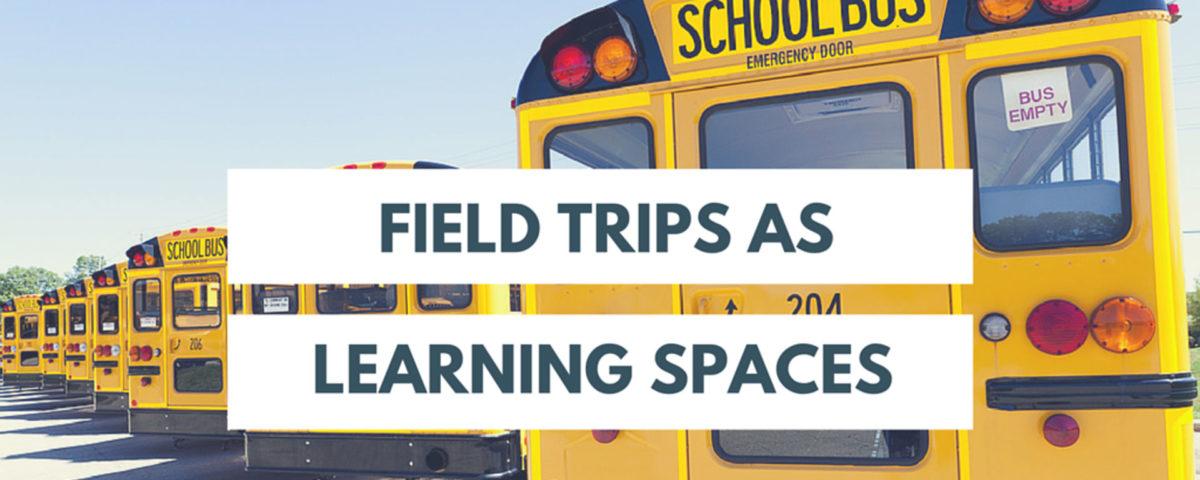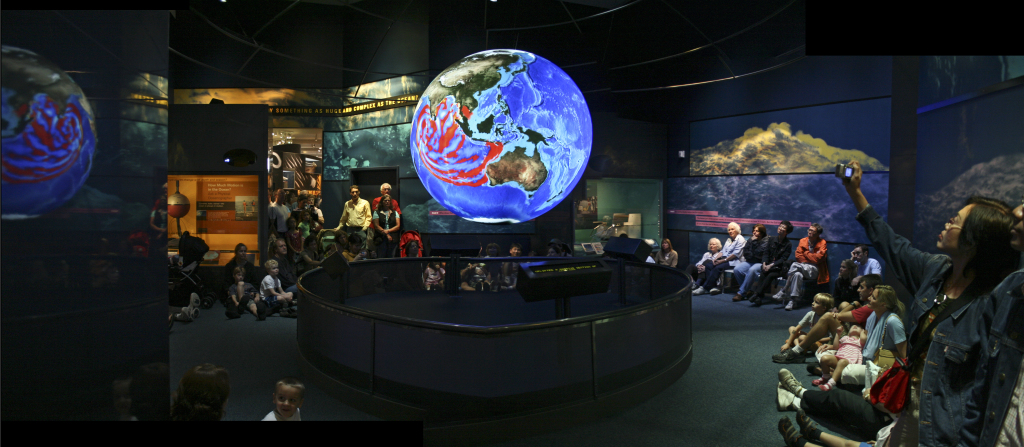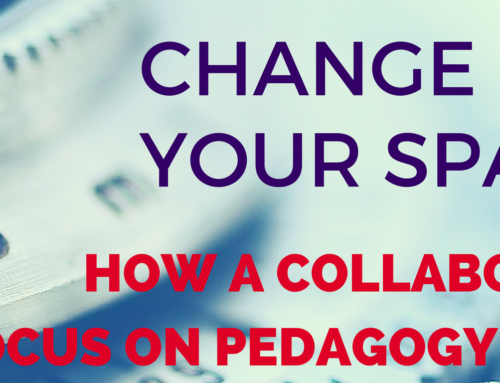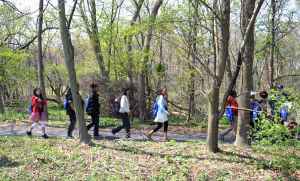 While the four walls of a classroom often dominate this blog it is incredibly important to understand that while clever design can stimulate learning, so can the well designed use of the environment outside your classroom. Using your local environment as teaching resource is an excellent example of a 21st century learning space. One of the core elements of any modern learning environment is that it is intentional and acts as a agitator for learning. To any educator worth their salt, the idea of a well developed field trip that invokes deep learning should not seem like a new or novel concept. However after some discussions on field trips at a recent Symposium* I felt that some new possibilities had been stimulated.
While the four walls of a classroom often dominate this blog it is incredibly important to understand that while clever design can stimulate learning, so can the well designed use of the environment outside your classroom. Using your local environment as teaching resource is an excellent example of a 21st century learning space. One of the core elements of any modern learning environment is that it is intentional and acts as a agitator for learning. To any educator worth their salt, the idea of a well developed field trip that invokes deep learning should not seem like a new or novel concept. However after some discussions on field trips at a recent Symposium* I felt that some new possibilities had been stimulated.
Option 1: A Student Developed Field Trip: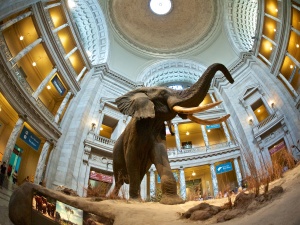
A few weeks into your unit have students design a field trip. Ask them to review the lines of inquiry or main themes of your unit. Ask them to link their field trip directly to an aspect of your unit. They will need to find a location in your city that connects to your unit. Students should be able to describe what you might see there that is relevant. For cross circular extension you can ask students to map a route for the field trip, source costs and hours of operation and even write a persuasive letter to the school’s administration or their parents. I used this provocation recently with my students during a unit exploring structures.
If you were designing a field trip for our class which Beijing structure would you most want to visit? Research the structure and explain why you would want to see it. Explain your reasons by linking this to the central idea and the lines of inquiry.
Click here to see a fourth grade example of a field trip a student planned for their parents.
Option 2: The ‘Play it Again Sam’ Field Trip
Imagine taking a field trip to the same location six times in a year. It may at first may seem a silly idea, but if executed properly this concept could be fantastic. You first would thoughtfully choose a location within your area that could really serve to demonstrate a number of purposes. If the location is right, it would allow students to get over the excitement and anxiety of a new place and provide them the opportunity to truly analyse the location through the lens of your unique area of study. This repeated activity will allow students to ‘see the forrest for the trees’ and understand the interconnect nature of your units.
Option 3: Explore your Immediate Community
Whether its getting out into the various school sections and departments within your institution or leading an expedition to the neighbouring park, going on purposeful, quick and unscheduled field trips ignite curiosity. The best framework for this is to work with your school to develop a policy which gives parents the opportunity to provide a blanket permission for students to attend field trips within their schools immediate vicinity. When a system like this is in place, learning outside your daily domain can be done instantaneously and authentically through direct student initiated inquiries. ( In a Post-Secondary environment one Professor had the class consistently move space read about it here)
The talk around field trips at the symposium also brought to light the real importance of ‘tuning in’ to a field trip. Something I’m sometimes guilty of glossing over. My grade level frequently plans field trips as many as four per six week unit. We place great importance on the learning that takes place by taking student to stimulating places. We recognise that experiences had out of school can enrich students understanding of concepts taught within the daily curriculum. Yet sometimes, in the rush, we forget to slow things down for students. By ‘tuning in’ to a trip prior to departure, student go in looking for the links to the curriculum. A few tips for tuning kids to a field trip include:
- Use an inquiry approach
- Have students research the location
- Develop a hypothesis
- Have them analyse the curriculum (lines of inquiry or standards/ benchmarks) and identify what they might see
- Have them create gaols for the field trip (what to they want to see or learn about)
- Develop a Guiding question for the trip
When done right field trips promote some of the most memorable, authentic, holistic learning a student might have in their time in school. What tips or techniques have you employed to make a great field trip? Join the conversation in the comments below.
* Collaboration for Growth- Is a bi-annual symposium held between a number of inquiry based international school in the Asia Pacific region. The most recent symposium was held at Yokohama International School in February 2015 and was attended by the New International School of Thailand, the International School of Manila, Hong Kong Academy, the Western Academy of Beijing and the host school.

